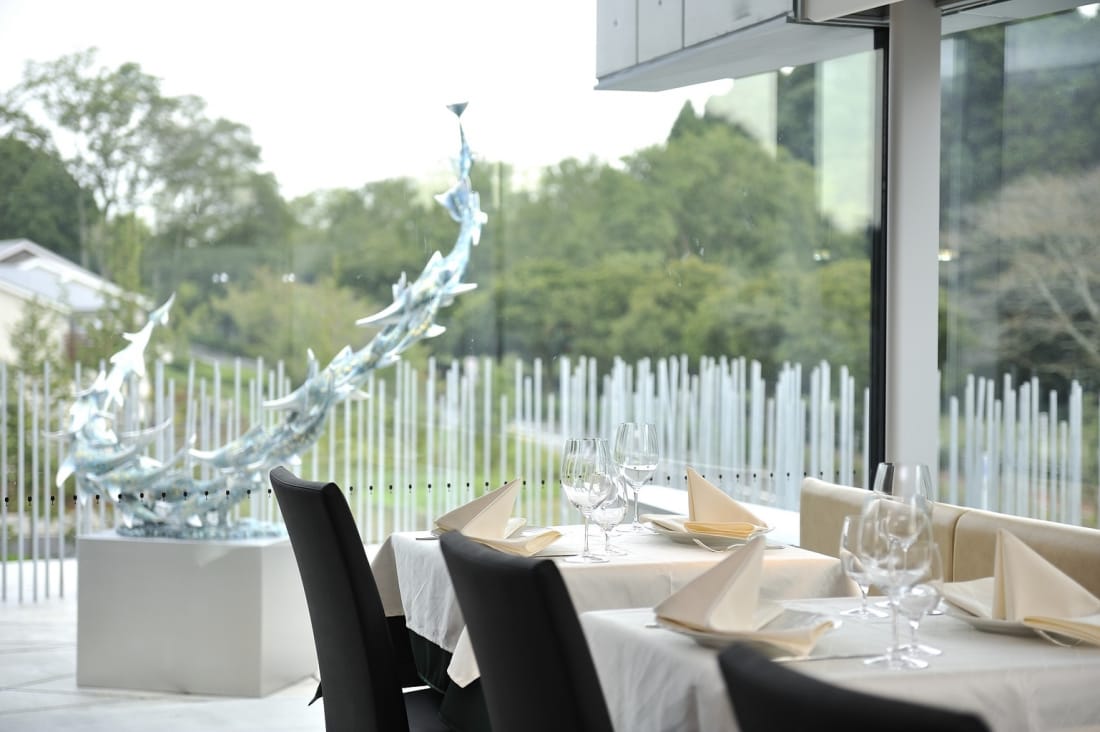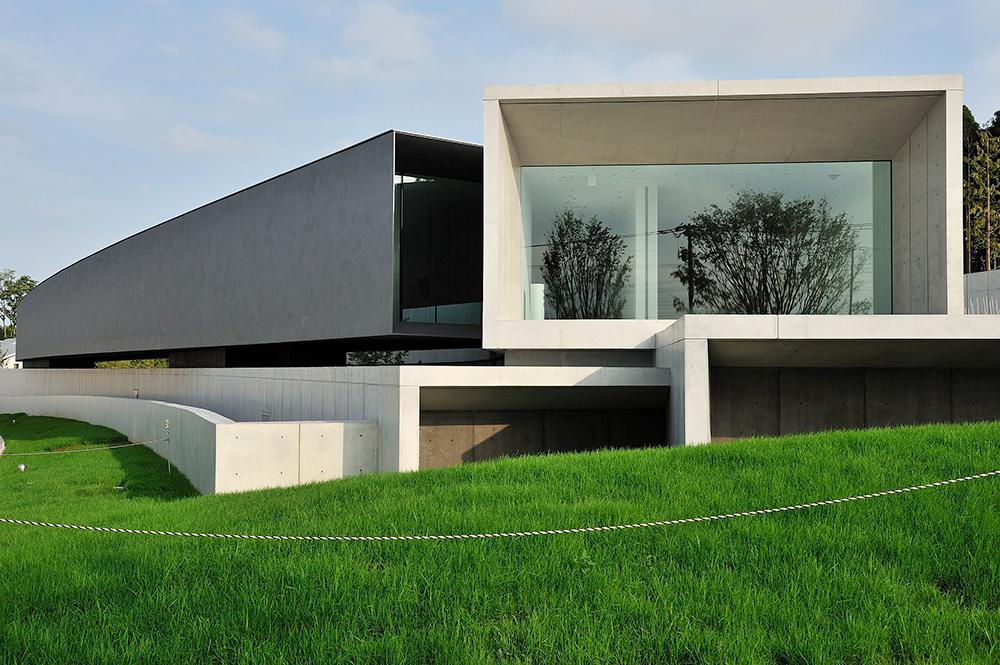
Located about 45 minutes away from Tokyo Station on the outskirts of Chiba City lies a brilliant piece of architecture that is as captivating as the works of art which it houses. The Hoki Museum was opened by Masao Hoki, founder of Hogy Medical, in 2010 to showcase his private collection of photorealistic paintings and was the first museum dedicated to photorealistic paintings to open in Japan.
In 2019 the museum suffered serious water damage during Typhoon Hagibis, which caused massive damage in Chiba. With over 100 works damaged and the museum flooded, it took many months before the building could be renovated and reopened. Of course, as the process of reopening the museum was coming to an end, the Covid-19 pandemic struck and with it the museum had further challenges. After much hard work, the museum reopened with a special showcase of the dreamlike sepia-toned paintings of Sosuke Morimoto, the painter who inspired Hoki to open the museum a decade ago.
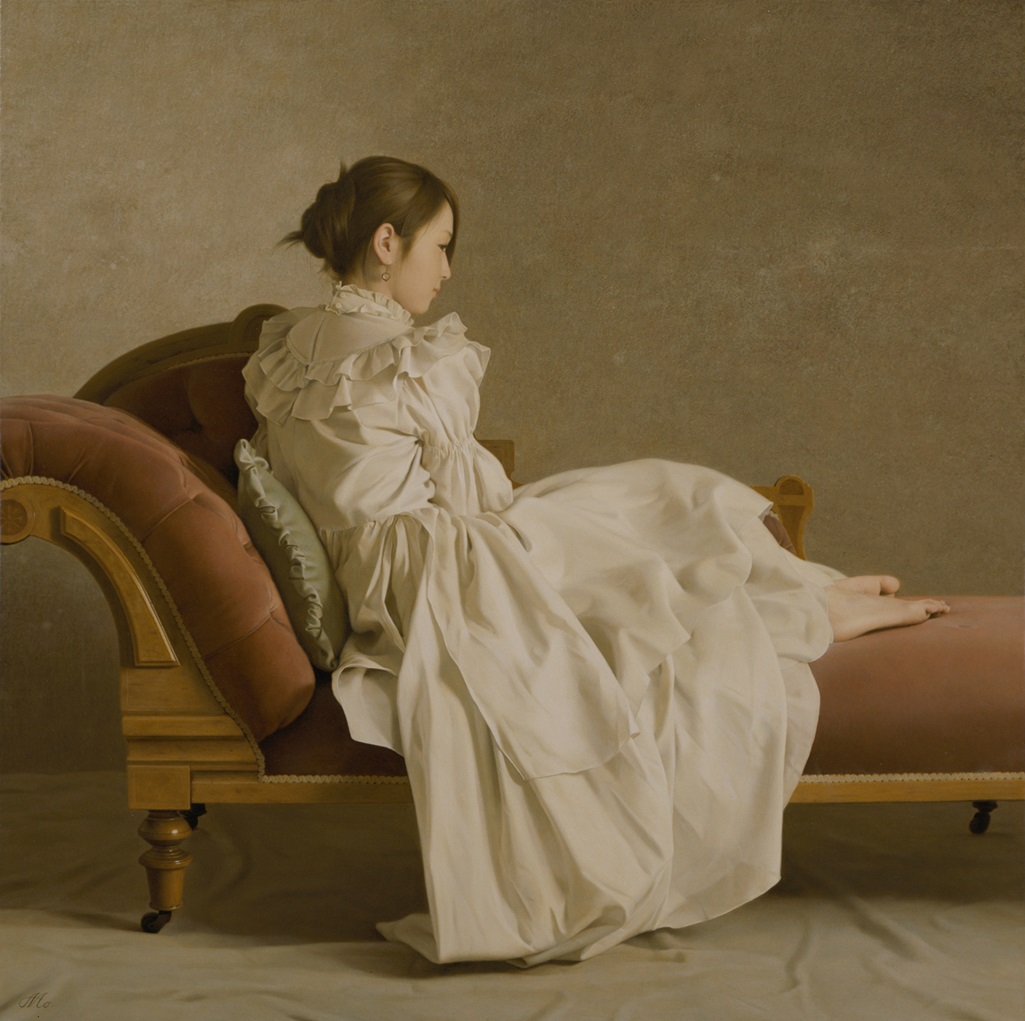
Sosuke Morimoto, Relaxing in the Afternoon 2008
Where is the Hoki Museum?
Getting to the museum is quite easy, it’s a 20-minute walk from Toke Station on the JR Sotobo Line, but busses are also available from the station if the weather is unpleasant. Tickets are ¥1,830 and to reduce crowding in the museum, you currently have to make reservations online before visiting.
The Hoki Museum is made up of eight galleries displaying about 160 paintings. These corridor-like galleries curve along the cantilevered sections of the museum, which extend out towards the green backdrop of the Forest of Showa park. The curved interior walls provide visitors with an immediate view of the collection of paintings as they continue into the naturally lit end of the gallery. From this initial impression, the paintings appear to be photographs. This is photorealism; without viewing the paintings closely, they are almost indistinguishable from photographs.
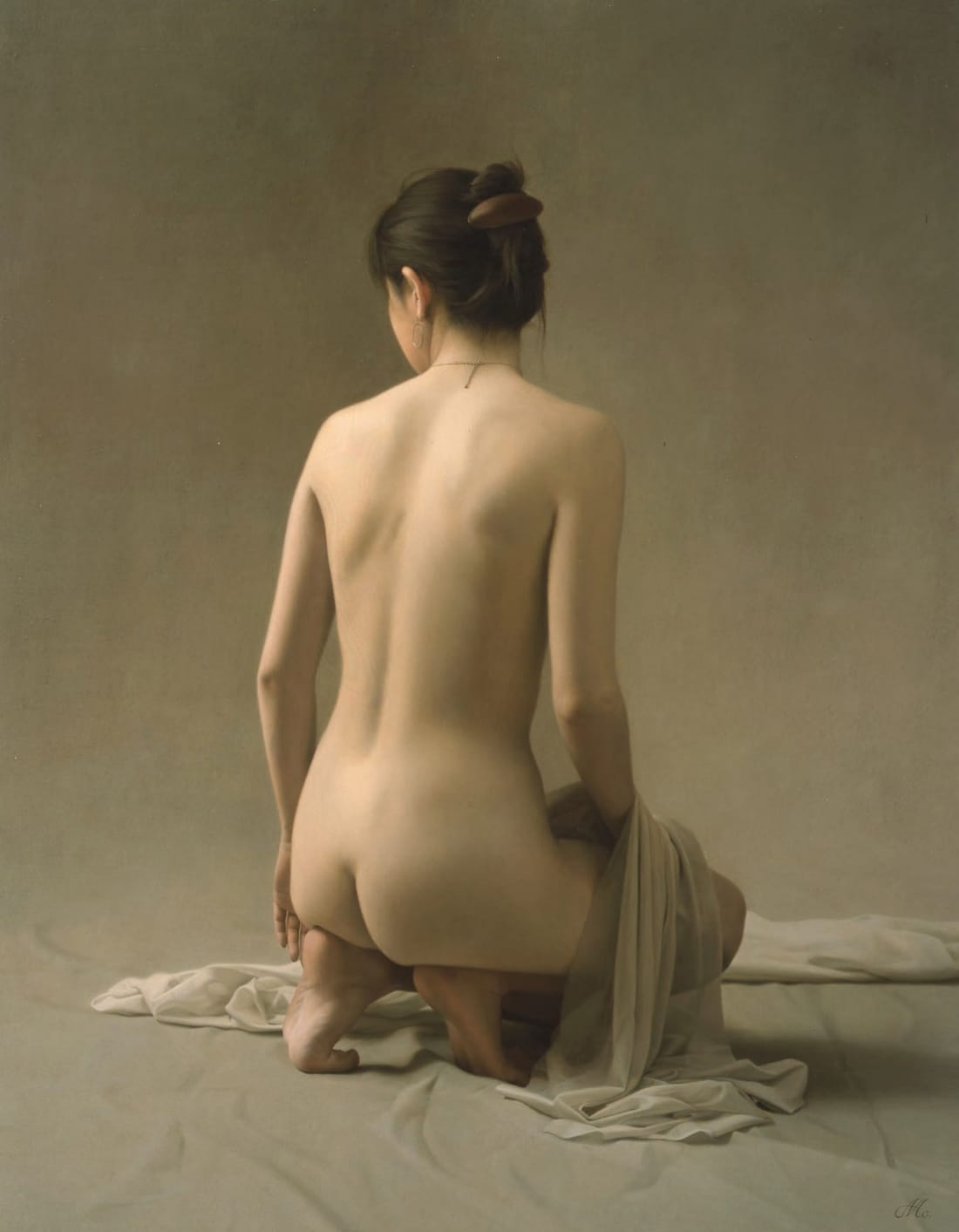
Sosuke Morimoto, Towards the Light, 2004
The Wonders of Photorealism
For me, there are two aspects which make this photorealistic art particularly appealing. The first aspect is the way in which each artist’s individual style can be so clearly identified. The current exhibition of Sosuke Morimoto is defined by its soft edges and sepia tone. The paintings are realistic depictions of photos you might find in an old photo album in a forgotten attic. Fumihiko Gomi then, is the opposite of Morimoto. His paintings give impressions of high dynamic range photography with bright contrast and exceptionally high detail. The paintings shine vividly like the display model televisions in an electronics store showroom.
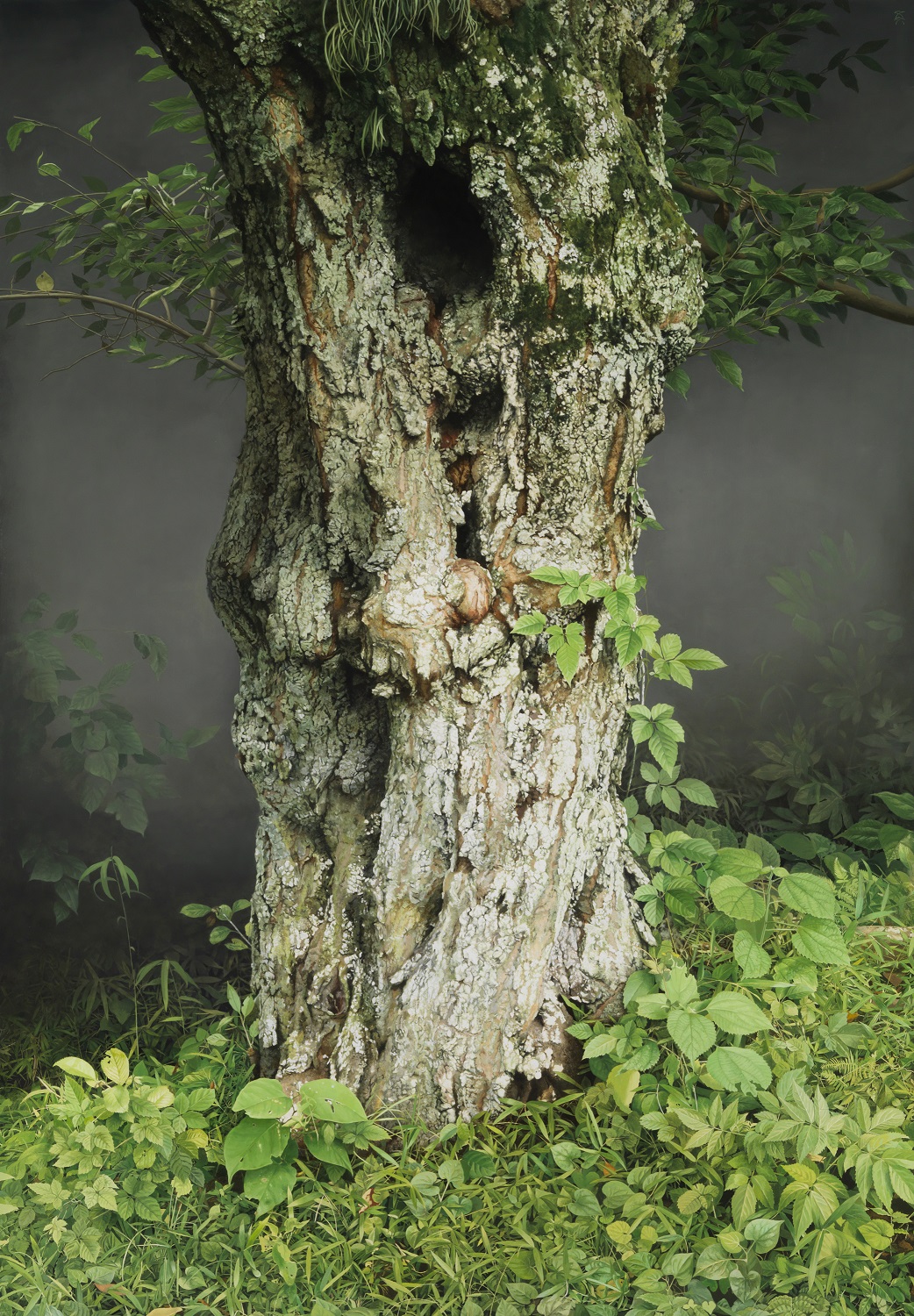
Fumihiko Gomi, An Ancient King Speaks, 2018
The second aspect is the way the paintings change as you approach them. Of course, each painting is different, but generally the paintings initially appear to be enlarged photographs. As you approach the paintings, fine details emerge and it becomes a sort of exercise in finding evidence that the image in front of you is the work of an artist and not a machine. It is common to hear the guests around you exclaim “no way, this must be a photo,” and you will probably find yourself making similar comments.
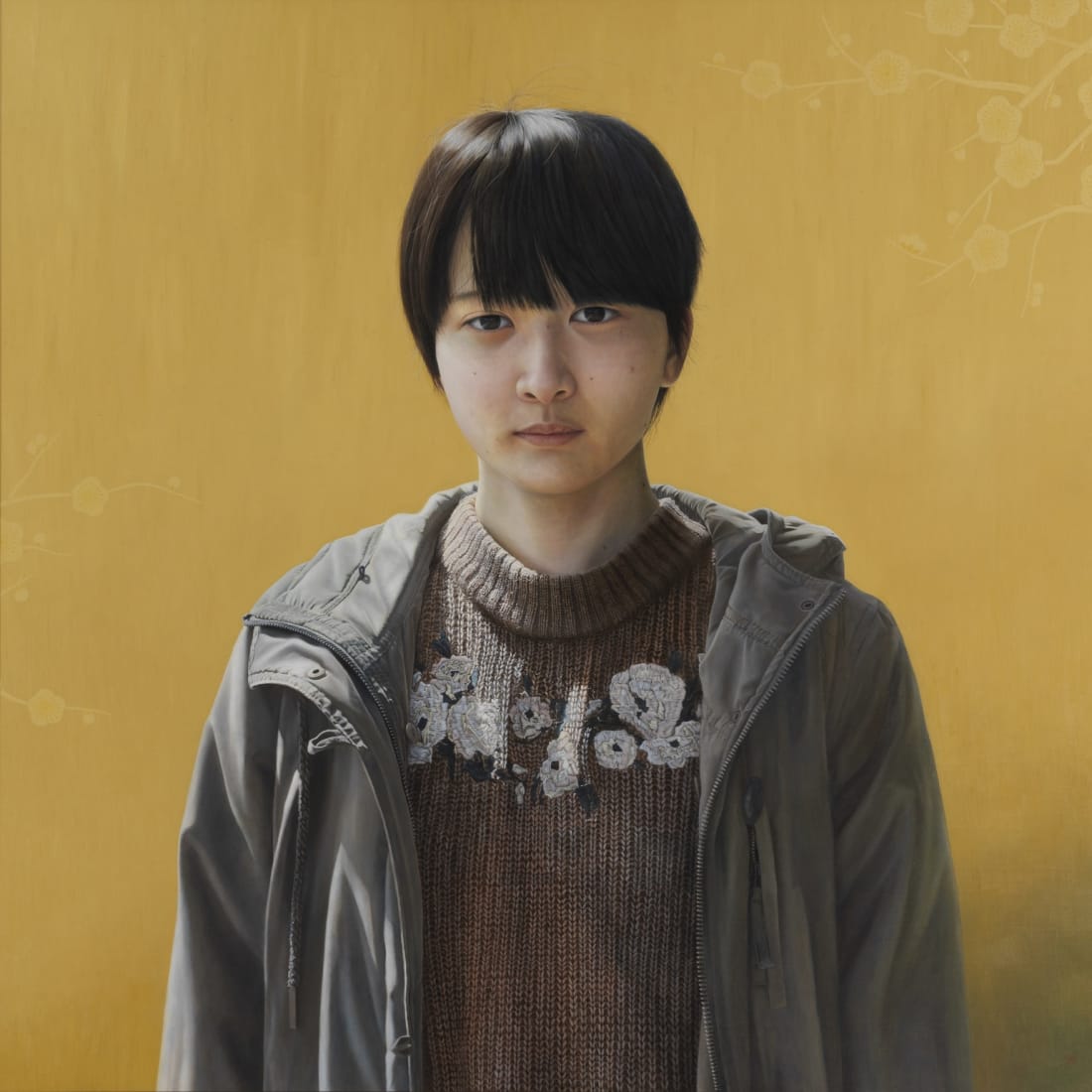
Yutaro Nakanishi, The Next Sound, 2019
The Galleries of The Hoki Museum
Gallery number eight of the Hoki Museum is a place where 14 painters showcase their best works. This gallery’s deep black walls give it a more serious atmosphere than the rest of the bright white museum galleries. Each artist has a section of wall separated by glass barriers. Here visitors can listen to recordings of the artists talking (in Japanese) about each painting. With each of the huge paintings hanging dramatically bright against the dark walls they demand the visitors’ full attention.
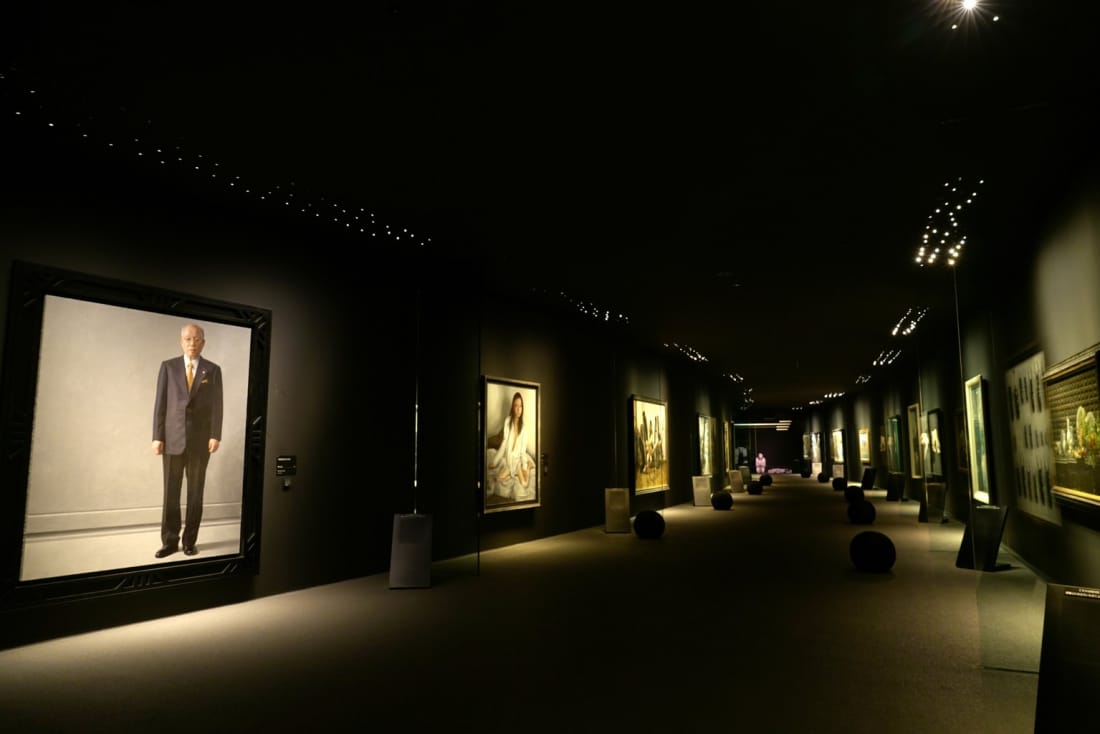
Gallery 8
Walking through the galleries of the Hoki Museum is a pleasure due to the long corridor layout; it feels like you are always navigating to a new area of the museum. The museum can be thoroughly explored in about two hours and it doesn’t once feel tiring or overwhelming. Even for those with only a casual interest in painting, each piece has the ability to pull you in searching for details and imagining the time the artist spent achieving the photorealistic effect.
Dining at The Hoki Museum
After visiting each of the eight galleries, you can dine at Hanau, the highly regarded Italian restaurant located within the museum. There is a lunch course meal for ¥2,800 that comes with an appetizer platter, a choice of a main pasta dish, a dessert and coffee or tea. The restaurant’s large panoramic window faces the Forest of Showa park. The menu changes frequently, but expect to taste a wide variety of seasonally fresh foods. My appetizers included basil and spinach couscous, toasted corn mousse, seasonal vegetables, and marinated shrimp. The main dish was a rich pork and eggplant tagliatelle, and the dessert was cherry ice cream with pistachio tiramisu. Staff here are friendly and professional, and the food is presented artfully.
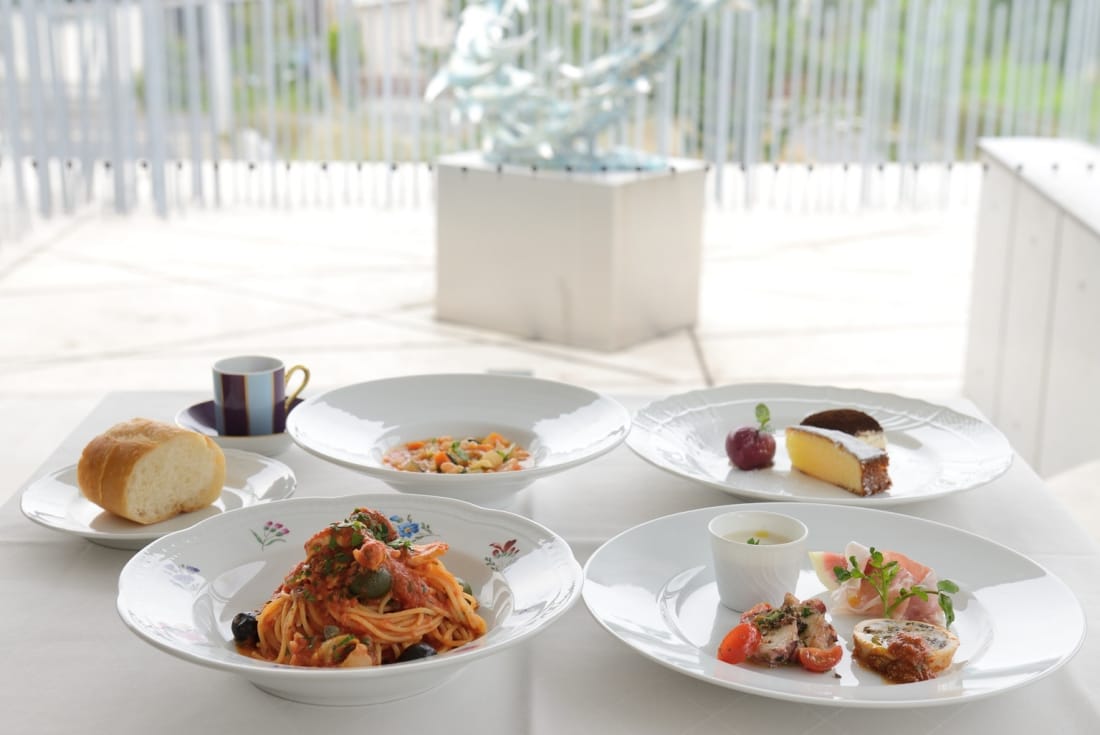
Overall, visiting the Hoki Museum is a fantastic way to make a quick day trip out of central Tokyo. The impressive architecture of the museum, the meticulously detailed paintings, and the delicious course meal at Hanau make this a worthwhile trip. If you are feeling adventurous after your stop at the museum, the Forest of Showa park is just across the road and is certainly worth visiting while you are out in Chiba. This is a museum where anyone can appreciate and understand the immense amount of time and attention that the artists put into creating such compelling new realities.
Find more information about The Hoki Museum at hoki-museum.jp/en/

